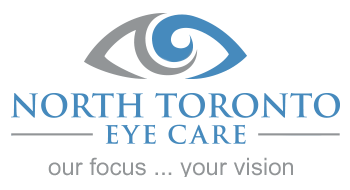An interesting recent article published in American Journal of Ophthalmology found that myopia, or near sightedness, is linked to how much time young adults spend outside. Considering that the prevalence of myopia is on the rise and therefore becoming more and more of a medical issue worldwide as well as a financial burden on patients and governments, this study has some important findings that are relevant to all of us. The study, conducted by leading vision researchers in Australia, recruited around 1300 patients aged 19-22.
Patients were tested for presence and severity of near-sightedness. Additionally, they underwent a sophisticated test on the eyes and facial skin called conjunctival ultraviolet autoflourescence, which allows assessment of how much ultraviolet exposure a person has had. This served as an indirect way of estimating the amount of time an individual spent outdoors, since the sun emanates ultraviolet rays, which we then absorb when outside.
The researchers found that the more time you spend outside, the lower the likelihood of you having nearsightedness. In fact, those that spent the least time outdoors had double the risk of being near-sighted than those that spent the most time outdoors. Interestingly, this relationship remained even when considering other factors such as the age of individuals, gender, whether their parents were near-sighted, and how educated the individual was.
What does this mean for us? It means the age old adage of spending more time in the sun may be linked with better eye health, amongst many other things. So find ways to get involved in daytime, outdoor activities while the weather is still decent. Take caution though, and wear your sunscreen!
Link to the study:
http://www.ajo.com/article/s0002-9394(14)00454-1/abstract?rss=yes?rss=yes
